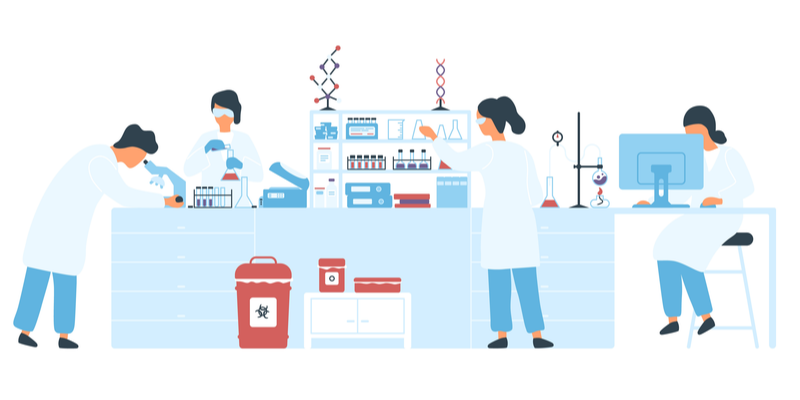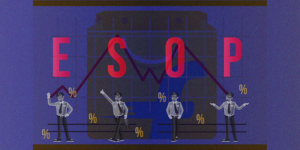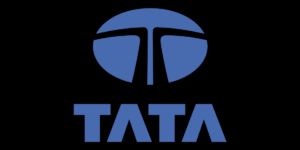
In the rapidly evolving world of data science, achieving gender diversity remains an elusive goal. While more women are entering the fields of STEM and data science, in particular, only about 30% of the data science workforce today is women, and this number drops to 15% to 18% in managerial and leadership positions, according to a study by Kearney.
We still have a long way to go to achieve gender equality in this field, and we can attribute this to three key reasons.
Lack of women leaders and mentors
There is a dearth of women role models in data science, which leads to a lack of awareness and access to mentors. We tend to look up to leaders who look like us and have similar experiences, and not having enough of them makes it difficult for women to envision a successful career progression in this area. We need to support more women leaders through focused programmes that inspire future women data scientists.
Perception can become reality
With 70% of the workforce being male, there is a clear gender imbalance. Stereotypes persist that data science is a job best suited for a male persona, making the vocation less welcoming for women. These stereotypes affect both the perceptions of both men and women of their fellow women data scientists. It’s time to negate these stereotypes and create a culture of belonging and equal opportunity for women.
Cultural shifts take time
Data science is highly competitive and constantly evolving. It requires continuous learning and cross-skilling to stay up to date. We need to provide a culture that helps women navigate events such as childbirth-related breaks from the workforce and ensure a stronger path forward.
Data knows no gender. Nevertheless, the dominance of men in the field of data science creates bias in many datasets.
.thumbnailWrapper{
width:6.62rem !important;
}
.alsoReadTitleImage{
min-width: 81px !important;
min-height: 81px !important;
}
.alsoReadMainTitleText{
font-size: 14px !important;
line-height: 20px !important;
}
.alsoReadHeadText{
font-size: 24px !important;
line-height: 20px !important;
}
}

With women as the primary customers driving purchases from groceries to online shopping and family vacations, who better to craft the intelligence steering these pivotal decisions? Having more women in the field means fewer skewed algorithms and sub-optimal and biased outputs, while welcoming new perspectives, ideas, and points of view that drive creativity and innovation.
While data science is clearly based on facts and science, more women data scientists will naturally support great innovation in the field and reduce potential bias in interpreting and communicating information and results.

Women are also natural architects of insights. Successful women data scientists have an innate ability to decipher complex patterns and prescribe recommendations that truly set them apart.
Women scientists have the ability to draw from their personal encounters and experiences to identify pain points, anticipate user needs, and craft solutions that are practical and grounded in real-life scenarios.
For example, at a recent ideathon focused on designing GenAI use cases, the ideas proposed by women in the workforce stood out. Their proposals centred around process improvement and enhancing customer experience, mapping out user journeys and illustrating step-by-step implementation. This profound understanding of what end-users value and expect is a valuable asset, enabling the development of more user-centric and impactful applications.
A Harvard Business Review study found that female engagement with STEM employers falls far behind that of their male counterparts, and that this should come as no surprise, given the selection bias that accompanies personal work networks, especially in a young and still male-dominated field.
It is essential to foster a culture of inclusivity and equal opportunity for women, encompassing various initiatives.
Focused learning and development programmes
Programmes like ‘Back to Work’ initiatives aim to provide employment opportunities for women rejoining the workforce after a hiatus. Additionally, there is a need for mentorship and leadership development programmes tailored to women’s specific needs and interests.
Awareness and unconscious bias training
It is important to raise awareness among male colleagues about unconscious biases and promote empathy.
These initiatives collectively work towards creating an environment where women in data science can thrive, grow, and make significant contributions to the field.
The author is Head of Data Science, Tredence Inc, a data science company.
Edited by Swetha Kannan
(Disclaimer: The views and opinions expressed in this article are those of the author and do not necessarily reflect the views of YourStory.)










